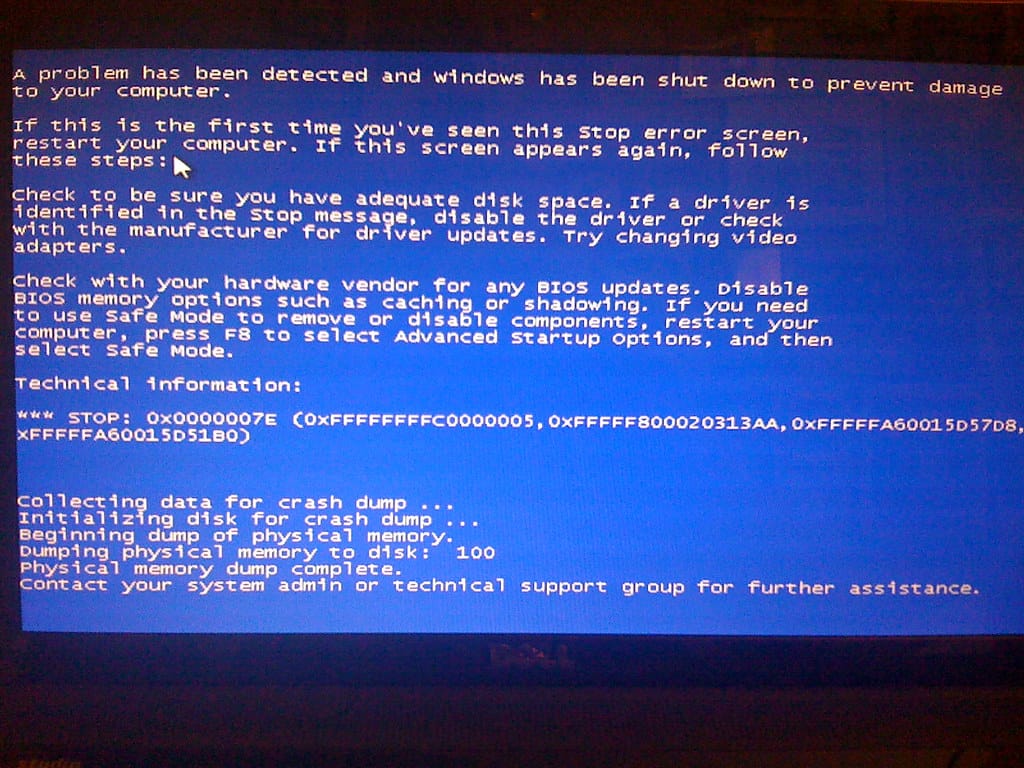Windows Retires the Infamous Blue Screen of Death After Four Decades of Digital Dread
After 40 years of striking fear into the hearts of computer users worldwide, Microsoft is finally retiring the notorious Blue Screen of Death (BSOD). The company announced this week that Windows will transition to a new error display system, marking the end of an era for one of computing's most dreaded—yet oddly iconic—features.
The End of an Error Era
The Blue Screen of Death has been Windows users' unwelcome companion since the early 1980s, appearing whenever critical system failures occurred. That distinctive blue background with white text became synonymous with lost work, frustrated users, and the dreaded realization that something had gone catastrophically wrong with your computer.
Microsoft's decision to phase out the BSOD represents more than just a cosmetic change—it signals a fundamental shift in how the company approaches system stability and user experience. The new error handling system will feature a more user-friendly interface with clearer explanations of what went wrong and actionable steps for resolution.
Why the Blue Screen Became Legendary
The BSOD earned its fearsome reputation through decades of appearing at the worst possible moments. Students lost term papers, professionals watched presentations crash during important meetings, and gamers saw hours of progress vanish in an instant. The screen's cryptic error codes like "0x0000007B" or "IRQLNOTLESSOREQUAL" became a foreign language that few could decipher.
According to Microsoft's internal data, the average Windows user encountered a BSOD approximately 2-3 times per year during the Windows XP era, though this number has decreased significantly with more recent versions. Windows 10 and 11 users typically see far fewer system crashes, with Microsoft reporting a 95% reduction in BSOD occurrences compared to earlier operating systems.
What's Replacing the Blue Screen
The new error system, tentatively called "Windows Recovery Interface," will feature:
- Plain language explanations instead of technical error codes
- QR codes linking to specific troubleshooting guides
- Automatic diagnostic tools that attempt to fix common problems
- Data recovery options to help users save their work when possible
- A more modern design that aligns with Windows 11's aesthetic
Beta testers report that the new interface feels less intimidating and more helpful. Instead of the stark blue screen that essentially told users "something's broken, good luck," the new system provides context and potential solutions.
Technical Improvements Behind the Change
This transition isn't just about aesthetics—it reflects genuine improvements in Windows stability. Modern versions of Windows include:
- Better memory management that prevents many crashes that previously triggered BSODs
- Improved driver compatibility reducing hardware-related failures
- Enhanced error recovery allowing the system to bounce back from issues that would have previously required a restart
- Telemetry data that helps Microsoft identify and fix problems before they affect users
Microsoft's telemetry shows that system crashes severe enough to trigger the old BSOD now occur in less than 0.1% of user sessions on Windows 11, compared to nearly 2% on Windows XP.
Cultural Impact and Nostalgia
Despite its negative associations, the Blue Screen of Death achieved an unlikely cultural status. It spawned countless memes, appeared on billboards and public displays as a symbol of technical failure, and even inspired art installations. Some IT professionals admit they'll miss the familiar blue screen's simplicity—at least you knew immediately when something was seriously wrong.
The BSOD also became a rite of passage for computer users, marking the moment when casual users realized they needed to learn more about their machines or seek technical help.
Looking Forward: A More Stable Future
Microsoft's decision to retire the Blue Screen of Death after four decades reflects the company's confidence in Windows stability and its commitment to improving user experience. While the new error handling system may lack the BSOD's iconic status, it promises to be far more helpful when things go wrong.
For users, this change means fewer mysterious crashes, clearer explanations when problems occur, and better tools for recovery. While we may feel a strange nostalgia for that familiar blue screen, its retirement marks genuine progress in making computers more reliable and user-friendly.
The Blue Screen of Death served its purpose for 40 years, but it's time for a more enlightened approach to system errors—one that helps rather than simply announces failure.
